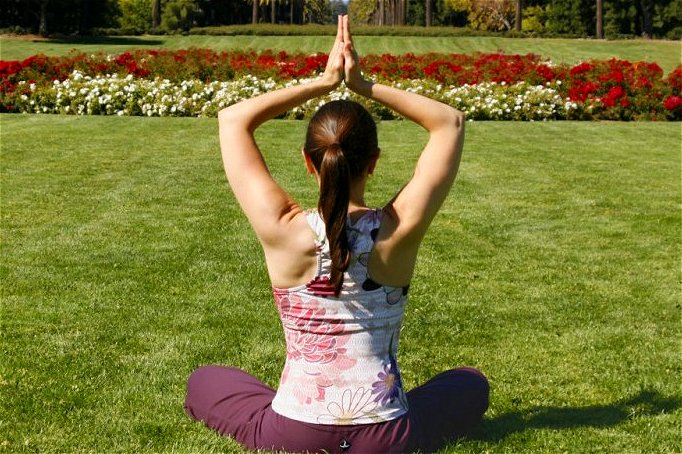Introducing Acu-yoga
Introducing a fusion of acupressure and yoga, or Acu-yoga.
The health benefits of yoga have been widely accepted for years, and this mind-body practice has been in use for thousands of years.
However, with the many types of yoga that are available Acu-Yoga is unfortunately frequently the forgotten practice.
What Is Acu-yoga?
As you might have gathered from the name, it combines the best of yoga, and acupressure.
Traditional acupressure, as discussed by WebMD, involves a therapist using their hands and fingers to stimulate pressure points along the body’s meridian pathways. The Acu-Yoga postures are designed to stimulate pressure points in order to relieve symptoms of many illnesses.
While there are a number of Acu-Yoga exercises, there are three key postures that are ideal to get started with. These postures allow you to stimulate multiple pressure points as you gently stretch your entire body.
If you consider the acupressure points in the neck, shoulders, and upper back- acupressure is used to unblock these points to treat chronic fatigue, back problems, circulatory problems, insomnia, hypertension, and a stiff neck.
Acu-Yoga triggers these points to release the tension in those areas and allow you to heal. Furthermore, there are trigger points that benefit the kidneys, in addition to the immune system.
Acu-Yoga Postures
Remember, while using these Acu-Yoga postures, deep breathing techniques are also being employed. Ensure that once you have completed the exercises you then spend up to 10 minutes relaxing.
Ideally you will complete this routine twice a day, in the morning and then before bed in the evening.
Lower Back Pain– lie flat on your back and bring your knees to your chest, remember to inhale and your knees move out and exhale as you bring your knees to the chest. Do this for up to 5 minutes.
Upper Back Pain– Lie on your back with your legs bent at the knees to allow your feet to sit flat on the floor, keeping your hands at your side.
As you bring your arms up wrap them around yourself, ensuring you inhale through the move.
Now arch your pelvis upward as you give yourself a giant hug.
Close your eyes, breathe deeply and rock your upper body from side to side.
You should feel the pressure in between your shoulder blades, and when you find a position that adequately presses the knots and aches, hold it and breathe deeply.
You can then rock to another spot that offers the same knot and repeat the process.
Neck– hold your hands behind your neck, clasped together to pull your head upwards. Your hands should be positioned so that the heels of your palms are on the sides of your neck. As your head moves forward, bring your elbows together. Breathe through this position for up to two minutes.
Relax– while it is important to take a minute or two to breathe at the end of each of these exercises, it is equally as important to spend 10 minutes relaxing with your eyes closed once you have completed the trio of postures.
Frequency– as stated earlier, ideally this routine should be completed twice on a daily basis and to ensure that you are receiving the full benefits you should practice them for at least two weeks.
You may find that once you are in the routine that you want to continue to have a more proactive approach to your overall health and wellbeing.
MedIndia recommends a number of other postures that can be beneficial in Acu-Yoga, as well as hand exercises to trigger pressure points, which you can easily do at your desk, or on the move.
Try it today!
